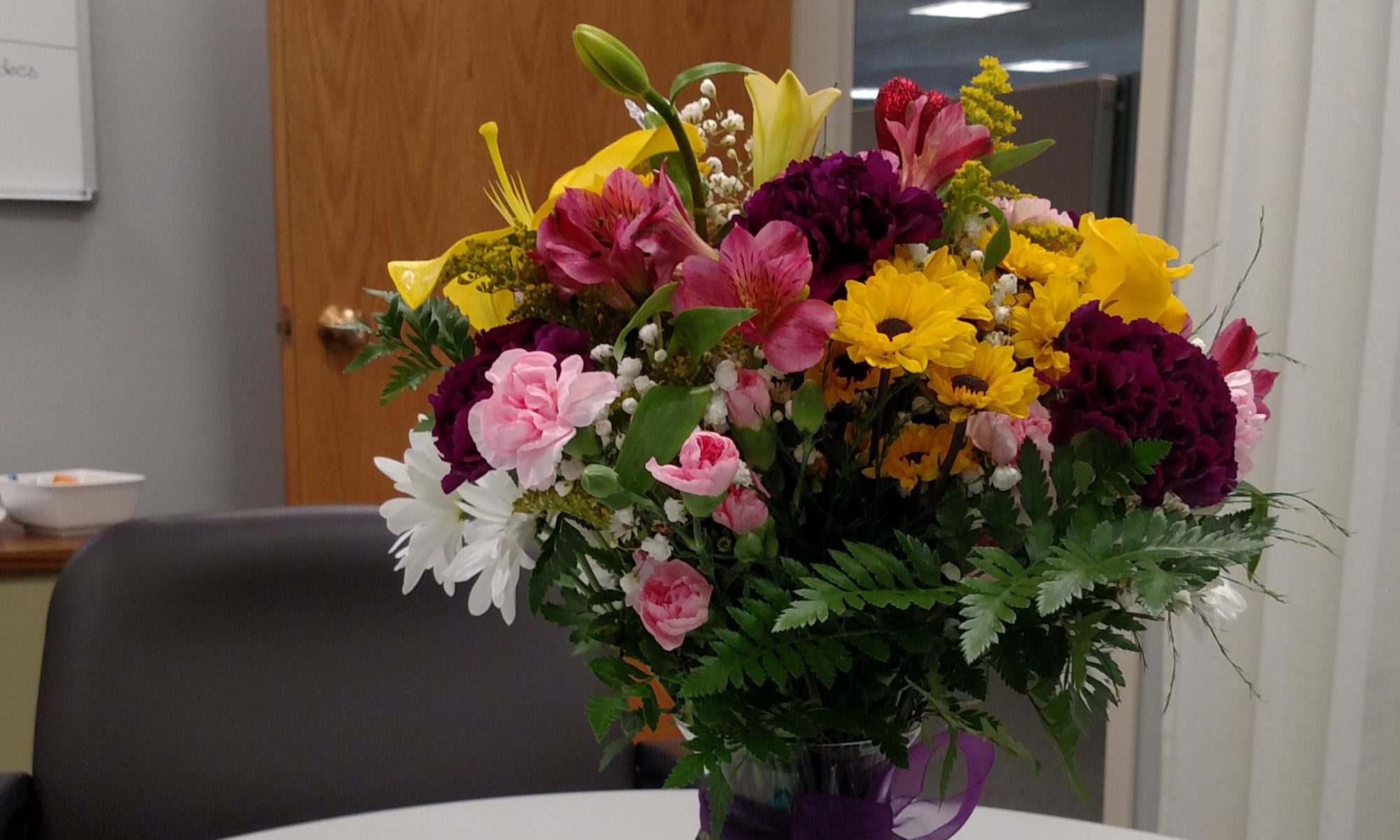
Think again. I’m gonna lay it down – get ready to take notes.
Straight up. Confidence is a feeling. Which means, say it with me, you can create it anytime, anywhere. On your worst day – confident. On your best day – confident. Sounds good doesn’t it?
We get tangled up when we think that we need to have built up a history of skill and results in order to have confidence. If you’re talking about how certain you are that you can deliver a piece of software within the time allowed, then yeah, ok, knowing that you’ve done it before gives you confidence.
SCRATCH. Back the truck up.
No. Truth: the feeling of confidence comes from your thoughts. So if you think – I’ve done this six hundred times so I’m sure I can do it again – that thought can bring confidence. Sure. But stick with me, it’s the thought “I’m sure I can do it again” that generates the feeling of confidence.
Now, let’s ditch arrogance right here. Arrogance is not confidence. Arrogance is thinking you are somehow, someway “better” than someone else. That’s not what we’re talking about.
Confidence is the feeling of self-assurance that comes from faith in your own abilities.
The Big How
My coach gets us to build confidence by having us do stupid dares. We dare ourselves to ask someone for a free dinner, we ask for a better seat at a concert or a new job. We dare ourselves to publish a book, or a blog or sing in public. We dare ourselves to start businesses, to grow our businesses, to get on a live event and coach people. We dare ourselves to enter a 5K, return a product, or just ask for help. Sometimes we dare ourselves to jump up on a park bench and recite a poem – for nobody, in front of everybody.
Why? Because all of these things are uncomfortable. And the more you put yourself out there, and do something that has you squirming and wanting to back out, but you do it anyway, the more you realize that you’re OK. Ok with being turned down, OK with being thought a fool, OK with being ridiculous, vulnerable or just plain wrong. OK with trying and failing, OK with trying again and OK with figuring out how.
At work, we are confronted with things we don’t know how to do – all the time. How to get it all done? How to create something, fix something, get our message across, and sometimes, just how to be happy.
Here’s the big secret – you don’t have to know how to feel confident. All you have to do is have faith in your ability to figure it out.
The Big How – is about writing down where you are now, where you want to go and then listing out all the things that can stop you from getting there. For each obstacle you write down the plan for overcoming the obstacle.
Say I’m an analyst and I want to be a team lead – here’s some obstacles:
- People don’t see me as a leader
- There are no current openings for a team leader
- I’m not sure what a team leader does
- I don’t have any large projects where I can demonstrate leadership.
Now, I think about how to overcome the obstacles.
- People don’t see me as a leader – So I can demonstrate clear leadership of myself. I can volunteer to set up meetings, which will put me in control of the agenda and the meeting and the follow-up. I can look for opportunities to be of service to my team, and demonstrate teamwork and leadership. I can dress a bit better, carry myself like a leader.
- There are no current openings for a team leader – but I can tell my manager I want to prepare for one. I can say I want to be the next in line, her replacement. All managers need a replacement in training. I can ask for additional work that will help me learn what she does.
- I’m not sure what a team leader does – I can meet with other team leads and find out what their responsibilities are, I can imagine what would be helpful and take that work on of my own volition.
- I don’t have any large projects where I can demonstrate leadership. I can lead smaller ones, and demonstrate skill, and when I notice that my boss has too many balls in the air, I can ask for the chance to take one. I can get on committees and work on their projects. I can ask for a project.
Now, I have a path. More obstacles might come, but for now, these are the ones I see. If more come, I’ll add them to the path. For now, I’ve got a lot of work to do. Some of these things will fail, but since this is my path, my Big How, it’s ok. I’ll just think of something else.
For some of these, I might have to carry the big how with me for a few days, asking myself over and over – how can I solve this obstacle? Eventually, your brain will give you an answer. Try it. Even if it fails, you’ll get more information about what to try next.
Once you’ve done this process consciously a few times, you start to understand that you have the best ability on earth – the ability to figure out The Big How.
You can start anywhere and go anyplace.
How’s that for confidence?
And that? Is just a great way to feel.
























